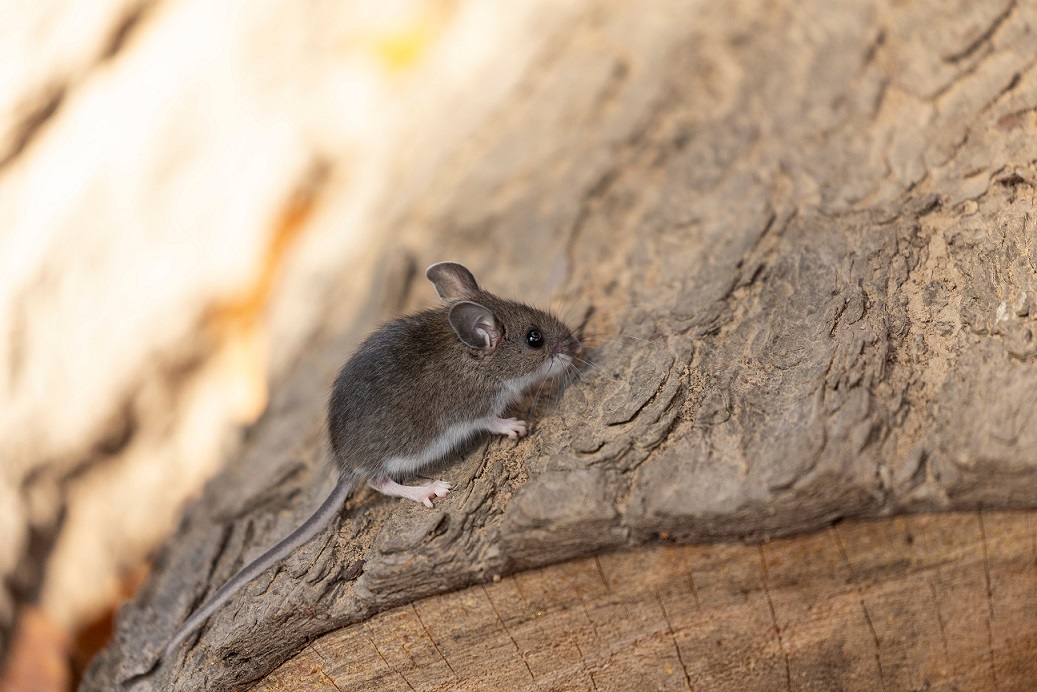Mice
See our resources to detect and prevent mice.
Identification
Mice can be a problem
- Mice can cause property damage by gnawing on wires, furniture, and clothing.
- Mice are highly adaptable. They can be found in multiple environments and building types.
- Mice reproduce very quickly. Adult females can have up to 30 to 35 offspring per year.
- Mice urinate, poop and gnaw as they move throughout the building or house. An average mouse can produce 50 droppings a day.
- Mice walk over and contaminate food surfaces.
- Mice can squeeze through holes 1/4 of an inch or bigger, jump 12 inches and are great climbers.
- Mice often come into buildings and houses when temperatures get colder and there is little food outside.
Public health risks
- Mice can carry ticks and fleas.
- Mice contaminate food, food packaging, and surfaces in a business.
- People can get sick by coming into contact with mice urine, feces, saliva, and nesting materials while cleaning or breathing in airborne particles.
- Improper cleaning of mice droppings and urine can lead to illness.
Transmissible diseases
- Hanta Virus
- Salmonellosis
- Tapeworms
- Plague
Signs of infestation
- Mouse droppings throughout facility
- Urine staining (use a blacklight for better visibility)
- Gnawed doorways and/or food packaging (look for spilled foods)
- Mouse tracks in areas with heavy debris, dust, or mud
- Rub marks on walls in heavily traveled areas
- Musty, pungent odor
Prevention
Exterior
- Seal all holes or gaps with areas larger than 1/4 inch on outside of buildings.
- Create a 3-foot clearing around exterior walls of building. Adding a gravel strip may help.
- Maintain outdoor areas clean and free of clutter.
- Keep lids to disposal bins closed.
- Keep bushes and shrubbery trimmed.
Interior
- Know how to spot the signs of mouse activity and monitor any troublesome areas.
- Remove cardboard and clutter from rooms to avoid harborage conditions.
- Maintain areas free of food debris
- Seal all electrical conduits, heating ducts, pipes, and pipe chases.
- Install door sweeps and other devices to seal any holes or cracks leading to outside.
- Provide routine maintenance and spot checks to all areas of building to prevent mice getting in.
- Work with pest control company to determine a regular schedule that fits your building.
Call a professional extermination company if you suspect there are mice within your facility.
Watch for mouse activity as seasons change.
Lodging complaint
You can report an unsanitary hotel, motel or other type of lodging in the city.
Request accessible format
If you need help with this information, please email 311, or call 311 or 612-673-3000.
Please tell us what format you need. It will help us if you say what assistive technology you use.
Contact us
Environmental Health
Minneapolis Health Department
Phone
Address
Public Service Center505 Fourth Ave S, Room 520
Minneapolis, MN 55415




